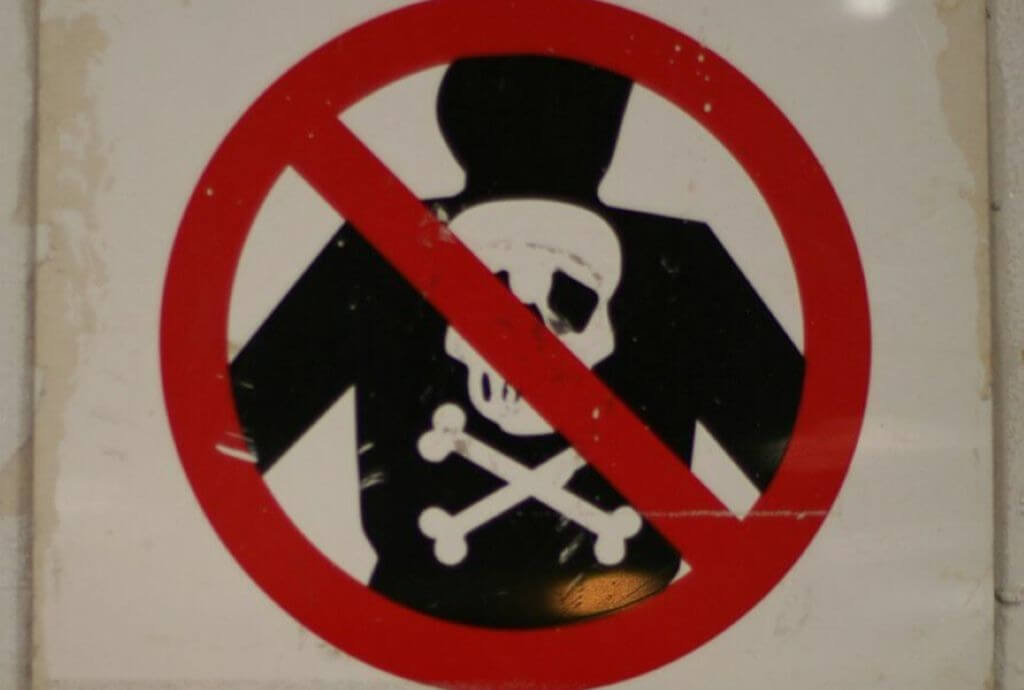In brief
- Media reports rely heavily on one anonymous nurse, with a personal safety concern that is hard to believe.
- Did the nurse come forward or did the journalist go looking for a story to support their preferred narrative?
- Coverage emphasises physical safety, seemingly to evoke sympathy.
- By implying vaccine mandate opponents may be unhinged, reports brush off legitimate concerns.
Media bias in the framing of the Te Whatu Ora data breach story
A media scare story about a COVID vaccination nurse allegedly fearing retribution after a covid data leak raises more questions than it answers.

The recent article by journalist Rowan Quinn, titled “Te Whatu Ora data breach has vaccinators fearing for their safety,” ostensibly addresses the concerns of a COVID vaccinator in the aftermath of a data breach. Yet, a more critical examination suggests that the article’s narrative is framed to whip up emotional responses and potentially portray certain groups (i.e. opponents to vaccine mandates and Health NZ whistleblower, Barry Young) in a negative light.
Validity of the story
The article’s validity is immediately brought into question due to its heavy reliance on the account of one anonymous nurse allegedly affected by the data breach. The fear seems disproportionate to the situation so it raises suspicions of another motive for the story.
Additionally, the article’s failure to provide sufficient context regarding the scale and severity of the data breach leaves readers with incomplete information. While it mentions that “at least 12,000 people” were affected, it does not provide much detail about the nature or extent of the leaked information. And the people who did publish it claim it was done so identities can’t be determined.
It’s concerning when private information is leaked, but the lack of evidence that there is any malicious intent towards potentially identified vaccinators raises some doubts about the urgency and severity of the situation portrayed in the article.
As far as we are aware no medical centres, pharmacies, marae or other community venues used in the vaccination drive were ever attacked, and TV3’s Paddy Gower still walks the streets despite his “vaxathon” dancing.
Overly simplified, specifically framed narrative
The framing of the article predominantly emphasises physical safety concerns, potentially serving to evoke a stronger emotional response from readers and garner public sympathy and support against the person who leaked the data.
Impact on perceptions of people opposed to vaccine mandates
Furthermore, this framing of the article contributes to portraying those opposed to vaccine mandates in a negative light.
The nurse notes she will be looking over her shoulder for years to come and is concerned about people coming to her home. While the article does not mention what types of people the nurse is on guard for, it strongly implies they are people opposed to vaccine mandates.
This simplified narrative seems to cast such groups (i.e. vaccine mandate opponents) in a negative light, by suggesting they may be unhinged, dangerous, less credible, etc.
Vaccine mandate opponents may have legitimate concerns or grievances, which are not adequately addressed in the article. Framing them as unhinged without acknowledging these concerns is not very balanced to us.



















